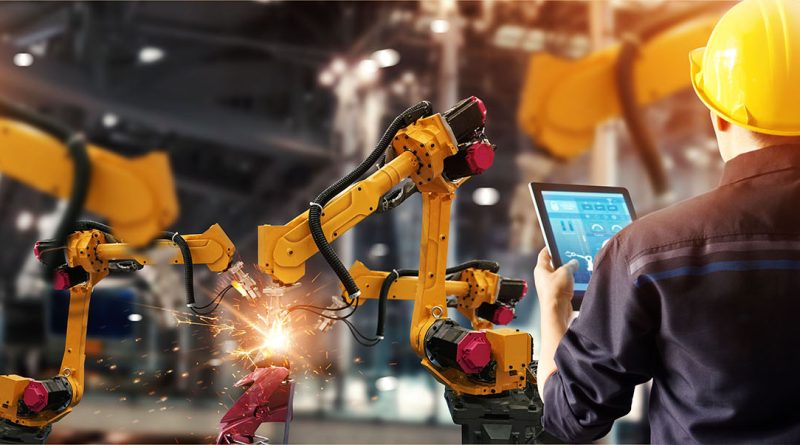U.S. Manufacturing: A Renaissance in the Making?
The United States, once the industrial heart of the world, is witnessing a potential revival—marked by a rise in US manufacturing—in its sector that has seen a decline over the past five decades. Historically, the U.S. produced half of all global manufactured goods and played a crucial role in shaping the post-World War II world order. However, a sharp decrease in manufacturing’s contribution to the country’s GDP has raised concerns, with its share plummeting to just 12%. The culprit behind this decline? The flood of cheap Chinese imports in the early 2000s, which cost nearly 6 million American jobs.
The Resurgence: Key Legislation
Nevertheless, recent developments are igniting hopes of a manufacturing renaissance in the United States. Since the passage of two vital pieces of legislation, the Chips and Science Act and the Inflation Reduction Act, more than 100 construction projects valued at over $200 billion have been announced. This marks more than double the capital spending commitments in 2021 and over 20 times those in 2019.
The resurgence is evident, but there’s skepticism about its sustainability, given that part of this boom is driven by $369 billion in clean energy tax credits and subsidies set to expire in a decade.
The New Landscape
Nonetheless, factors beyond policy changes contribute to this rejuvenation. Disruptions caused by the COVID-19 pandemic revealed the risks of sourcing materials and parts far from home, prompting a rethink of supply chains. The increasing political risk in China and growing concerns about climate change’s impact on transportation have further driven companies to consider domestic production.
The post-pandemic era emphasized the value of resilience and domestic provision, signaling a potential reversal of globalization. This transformation is critical, considering that globalization had significant economic benefits for developing countries, particularly in Asia, but adversely impacted liberal democracies, contributing to the loss of manufacturing jobs.
Challenges Ahead
The big question is whether this rise in US manufacturing will lead to a new, advanced system in the U.S. or merely extend the existing low-tech, low-wage, high-carbon emissions model. The outcome may shape the future of American manufacturing.
While the prospects are promising, there are challenges to overcome. These include a shortage of critical minerals required for clean energy, such as rare earth elements for electric motors. The tight labor market also poses a significant hurdle, with a need to bridge the gap between the skills produced by community colleges and the evolving needs of modern manufacturing.
It remains to be seen whether the U.S. can leverage the current momentum to create a sustainable and advanced manufacturing sector that secures its place in the global industrial landscape.
